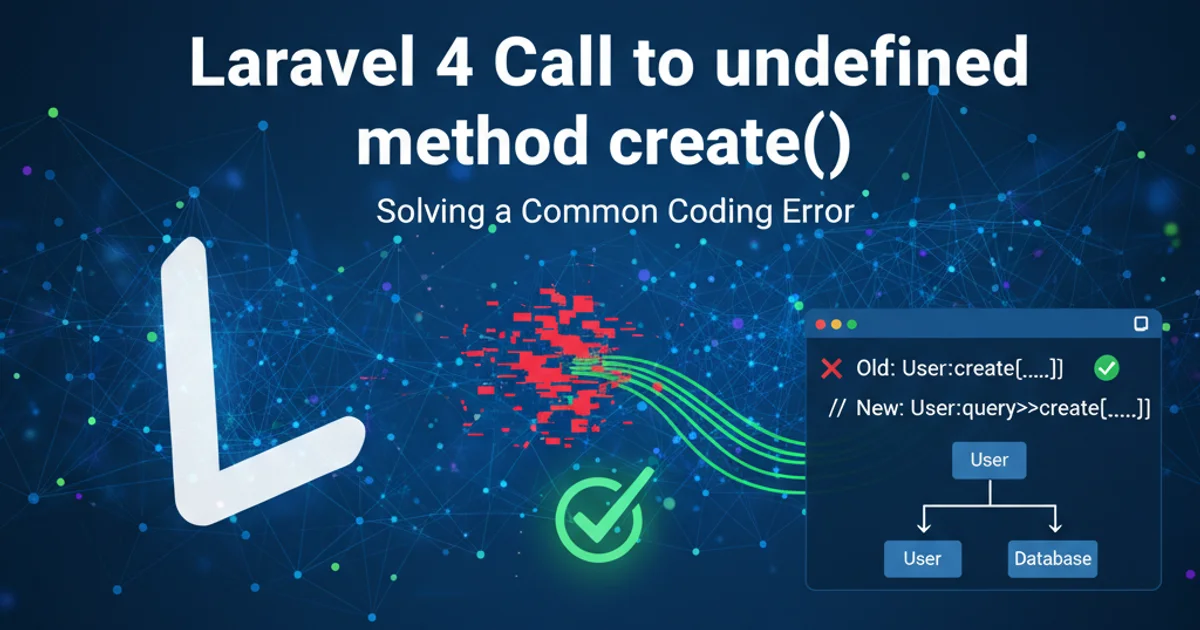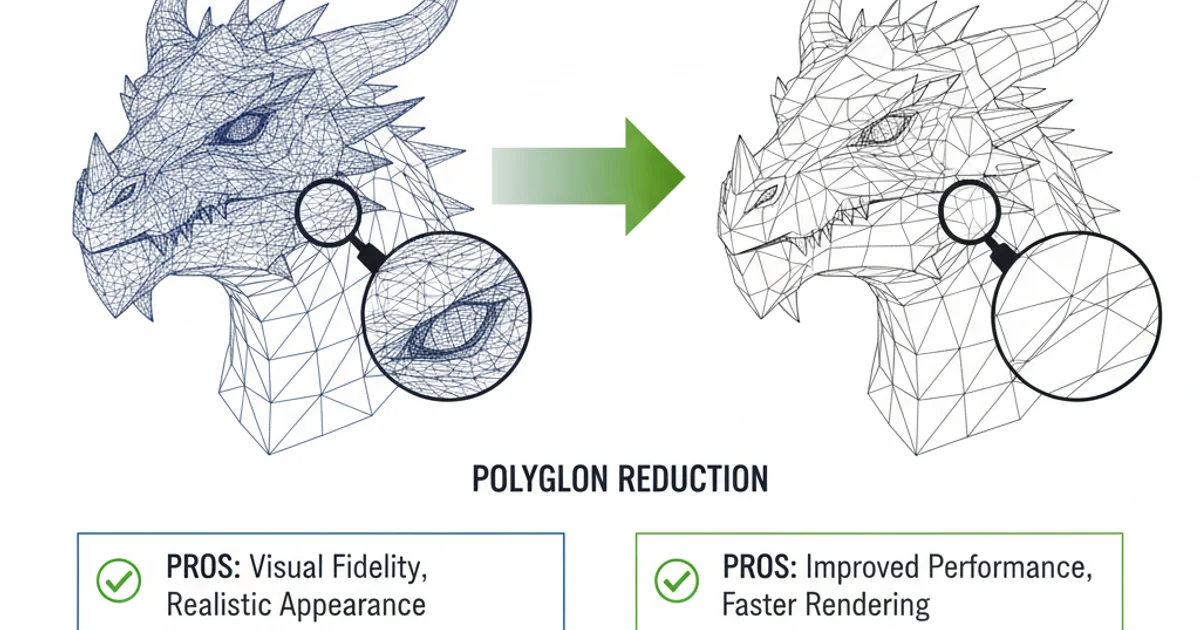Level of Detail in 3D graphics - What are the pros and cons?
Categories:
Level of Detail (LOD) in 3D Graphics: Pros and Cons

Explore the concept of Level of Detail (LOD) in 3D graphics, understanding its benefits for performance optimization and the trade-offs involved in visual quality and development complexity.
Level of Detail (LOD) is a crucial optimization technique in 3D computer graphics that involves reducing the complexity of 3D models or scenes as they move further away from the viewer or become less important. The primary goal is to improve rendering performance and reduce memory usage without a significant perceived loss in visual quality. This article delves into the mechanics of LOD, its advantages, and the challenges developers face when implementing it.
How Level of Detail Works
At its core, LOD systems manage multiple versions of a 3D asset, each with a different level of geometric complexity (e.g., polygon count) and texture resolution. The system dynamically switches between these versions based on predefined criteria, most commonly the object's distance from the camera. Closer objects receive higher detail models, while distant objects are rendered with simpler, lower-polygon versions. This process is often automated by game engines or rendering pipelines.
flowchart TD
A[Object in Scene] --> B{Distance from Camera?}
B -->|Close| C[Render High-Detail LOD0]
B -->|Medium| D[Render Mid-Detail LOD1]
B -->|Far| E[Render Low-Detail LOD2]
C --> F[Display]
D --> F[Display]
E --> F[Display]Basic Level of Detail (LOD) selection process based on camera distance.
Pros of Implementing LOD
The advantages of using LOD are significant, particularly in complex 3D environments like open-world games or architectural visualizations. The most prominent benefits include:
Performance Enhancement
By reducing the number of polygons and draw calls for distant objects, LOD dramatically decreases the computational load on the GPU. This leads to higher frame rates, smoother gameplay, and a more responsive user experience, especially on less powerful hardware.
Reduced Memory Footprint
Storing and rendering fewer vertices and textures for a large portion of the scene means less memory consumption. This is crucial for optimizing games and applications for platforms with limited RAM, such as mobile devices or older consoles.
Faster Loading Times
With simpler models being loaded for initial views or distant areas, the overall scene loading time can be reduced. This contributes to a better user experience by minimizing wait times.
Scalability Across Hardware
LOD systems allow developers to create games and applications that can scale effectively across a wide range of hardware specifications. Users with high-end PCs can enjoy maximum detail, while those with lower-end systems can still experience the content smoothly, albeit with reduced visual fidelity in the distance.
Cons and Challenges of LOD
While highly beneficial, LOD implementation is not without its drawbacks and complexities. Developers must carefully weigh these factors:
Visual Popping (LOD Popping)
The most noticeable downside is 'LOD popping,' where a sudden, visible change in an object's detail level occurs as it crosses a distance threshold. This can be jarring and break immersion. Techniques like cross-fading, dithered transitions, or screen-space error metrics are used to mitigate this, but they add complexity.
Increased Asset Creation Time and Storage
Creating multiple versions of each 3D model (LOD0, LOD1, LOD2, etc.) significantly increases the workload for 3D artists. Each LOD level needs to be carefully crafted to maintain visual integrity while reducing complexity. This also means more storage space is required for the additional model files.
Development Complexity
Implementing and managing an effective LOD system adds a layer of complexity to the rendering pipeline. Developers need to define appropriate distance thresholds, manage transitions, and ensure that the LOD switching logic is robust and efficient. Automated LOD generation tools can help, but often require manual refinement.
Potential for Visual Inconsistencies
If not carefully managed, different LOD levels can have subtle differences in lighting, shading, or animation, leading to visual inconsistencies. Ensuring that all LODs look cohesive and maintain the object's silhouette is a continuous challenge.

High-detail vs. Low-detail LOD models, illustrating the polygon reduction.